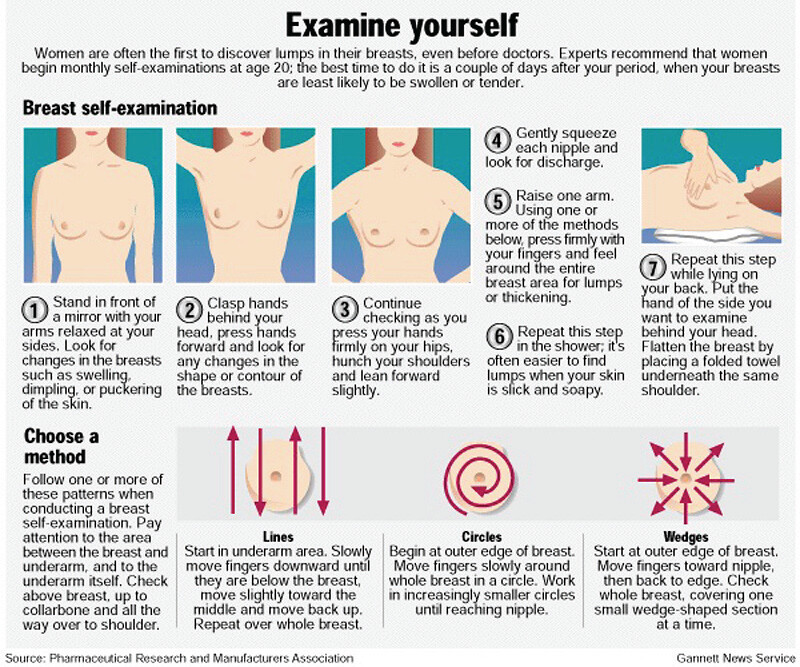Among a wide array of sexual and reproductive health services recommended to female-bodied people, the mammogram once stood out as an essential deterrent to breast cancer. A Canadian study, however, recently showed that the annual mammogram, which uses low-energy X-rays to recognize inconsistencies or masses in the breast, has no effect on breast cancer mortality rates. With the release of this surprising study, breast-bearing individuals must now seek alternatives to mammography.
The study, recorded by the British Medical Journal, consisted of 25 years of research. Using randomized data from screening centers across Canada, the researchers compared rates of cancer among people who received annual mammograms and those who did not. The study used data from almost 90,000 women between the ages of 40 and 59, with around half receiving regular mammographic testing.
The results showed nearly identical rates of breast cancer diagnosis and mortality in both groups. The researchers thus concluded that annual mammography screening is ineffective in reducing deaths by breast cancer. These results invalidate the mammogram as the oft-recommended screening option for people at risk of breast cancer.
While there is not yet a change in policy regarding mammography, many women now feel that making their appointment for an annual test is useless, or even harmful. Where a mammogram can cost up to $600 without insurance, the financial burden of a test that is said to have no health benefit is significant.
The American Cancer Society (ACS) currently recommends that women aged 40 and older have mammograms every one to two years. Those with genetic predispositions to breast cancer may be advised to start having mammograms earlier or more often.
With the new Canadian study released, the ACS plans to review all relevant materials and update their clinical guidelines for breast health.
Contrary data from clinical trials of mammography have shown that an annual test can reduce breast cancer mortality up to 20 percent, according to the ACS.
Early recognition of a lump or growth is still the best way to decrease risks of mortality by breast cancer. Doctors recommend selfexaminations for people starting at age 20. Between the ages of 20 and 30, female-bodied people are advised to have a clinical breast exam, essentially a self-examination performed by a trained physician, every three years.
Information for this article was taken from cancer.org and nytimes.com

